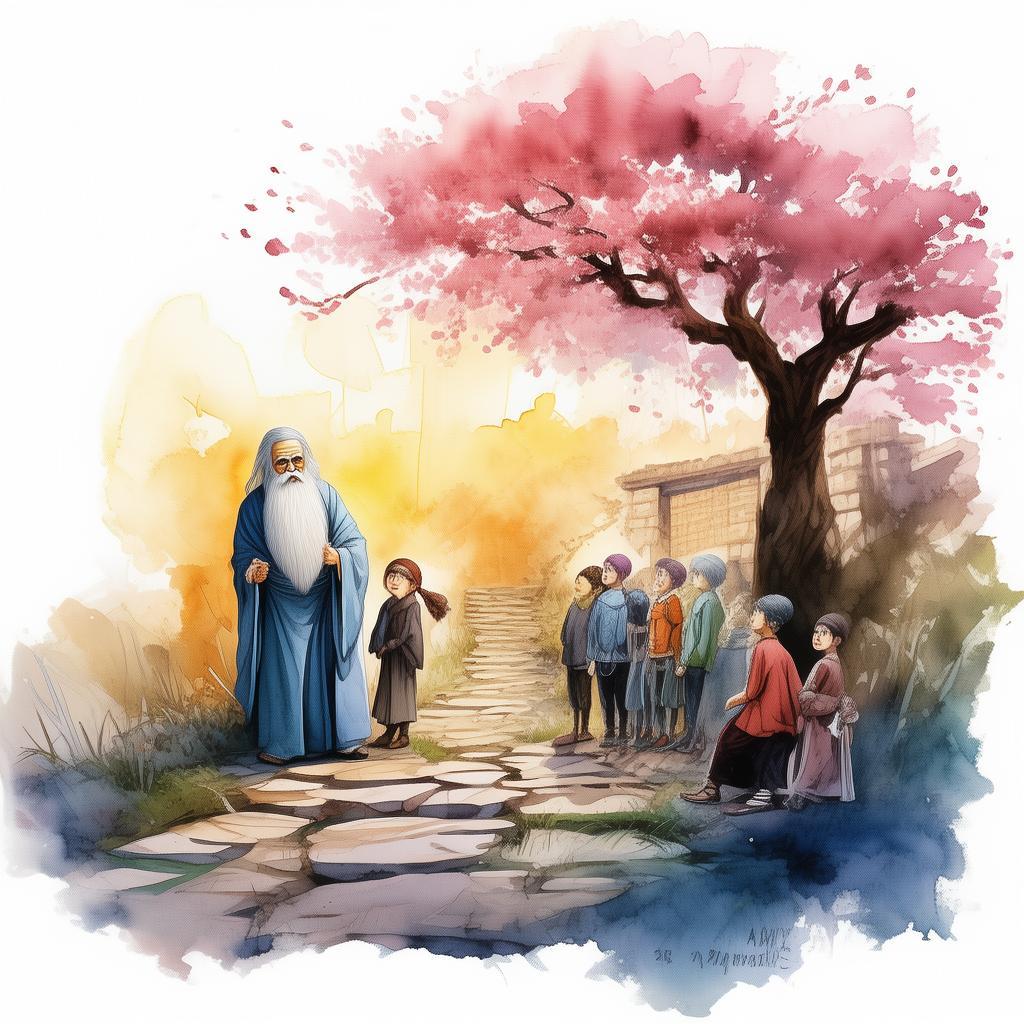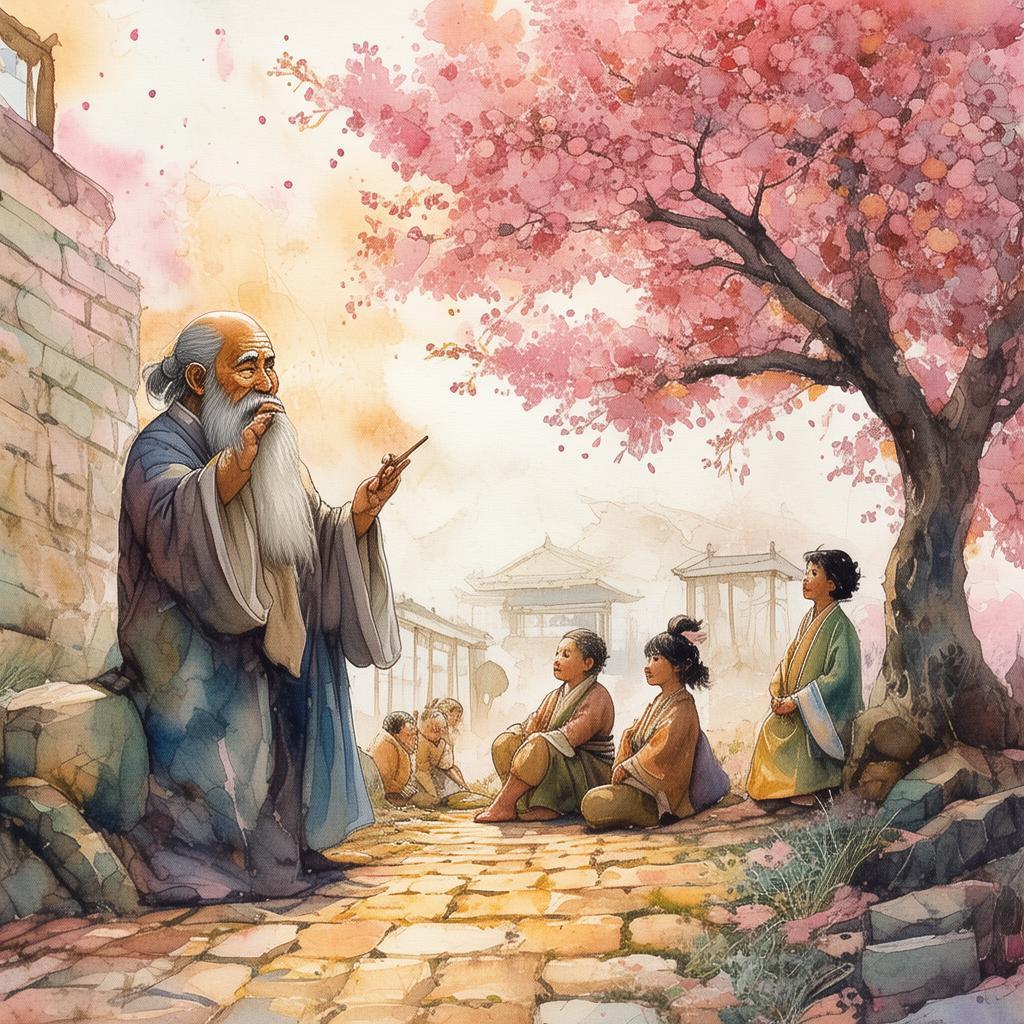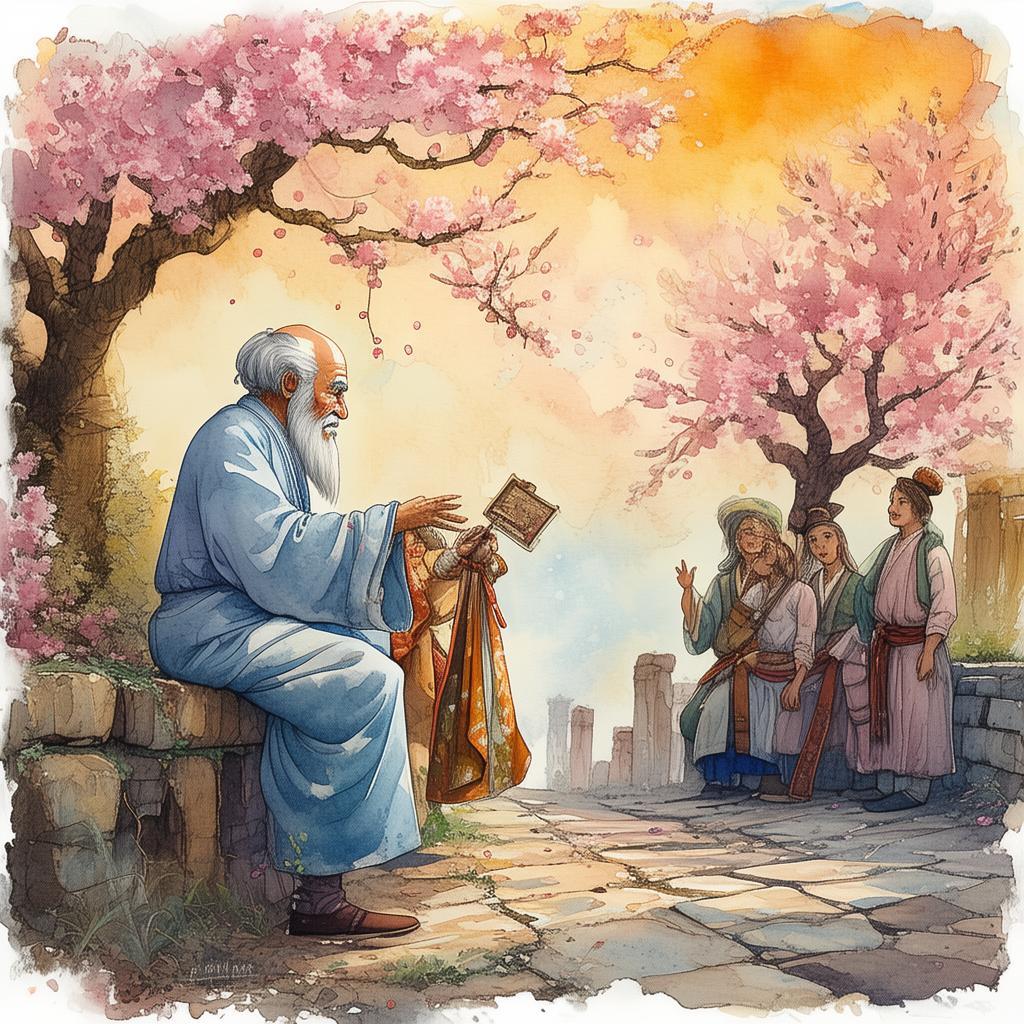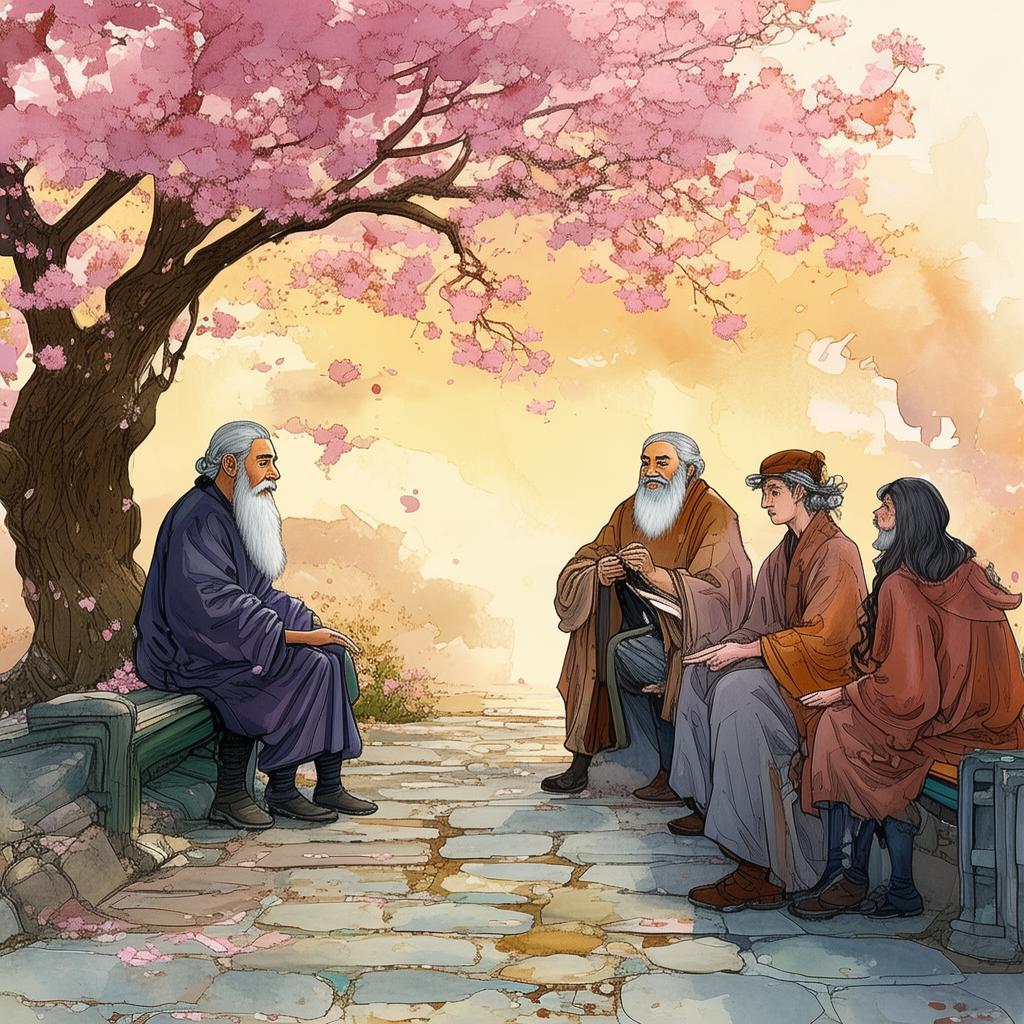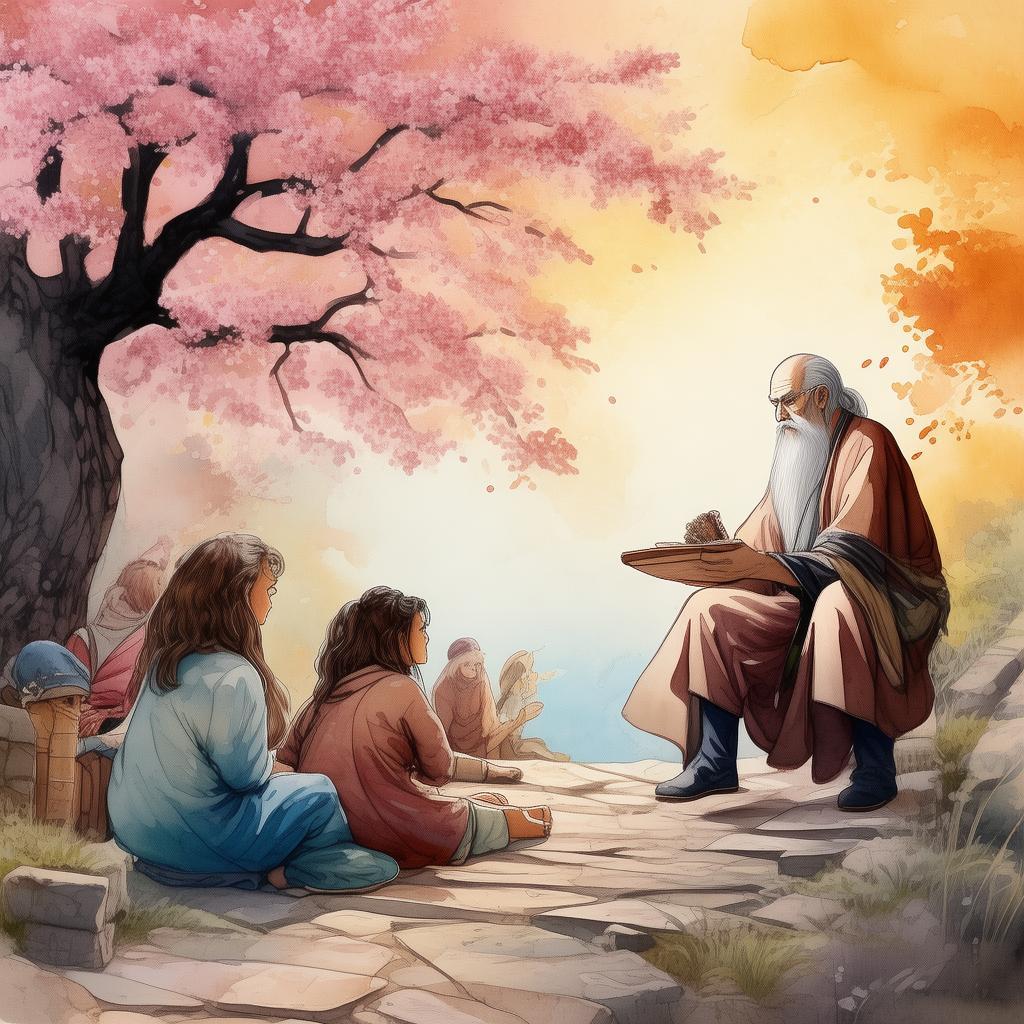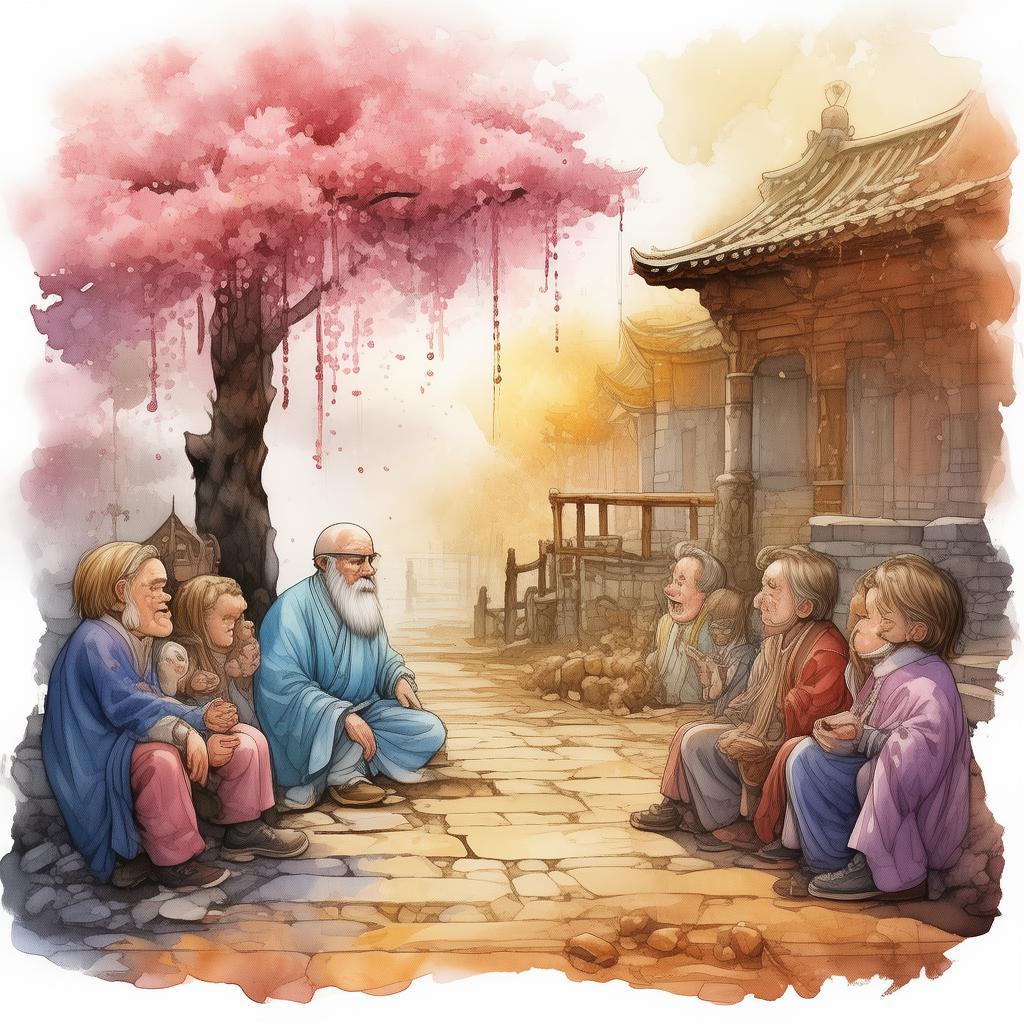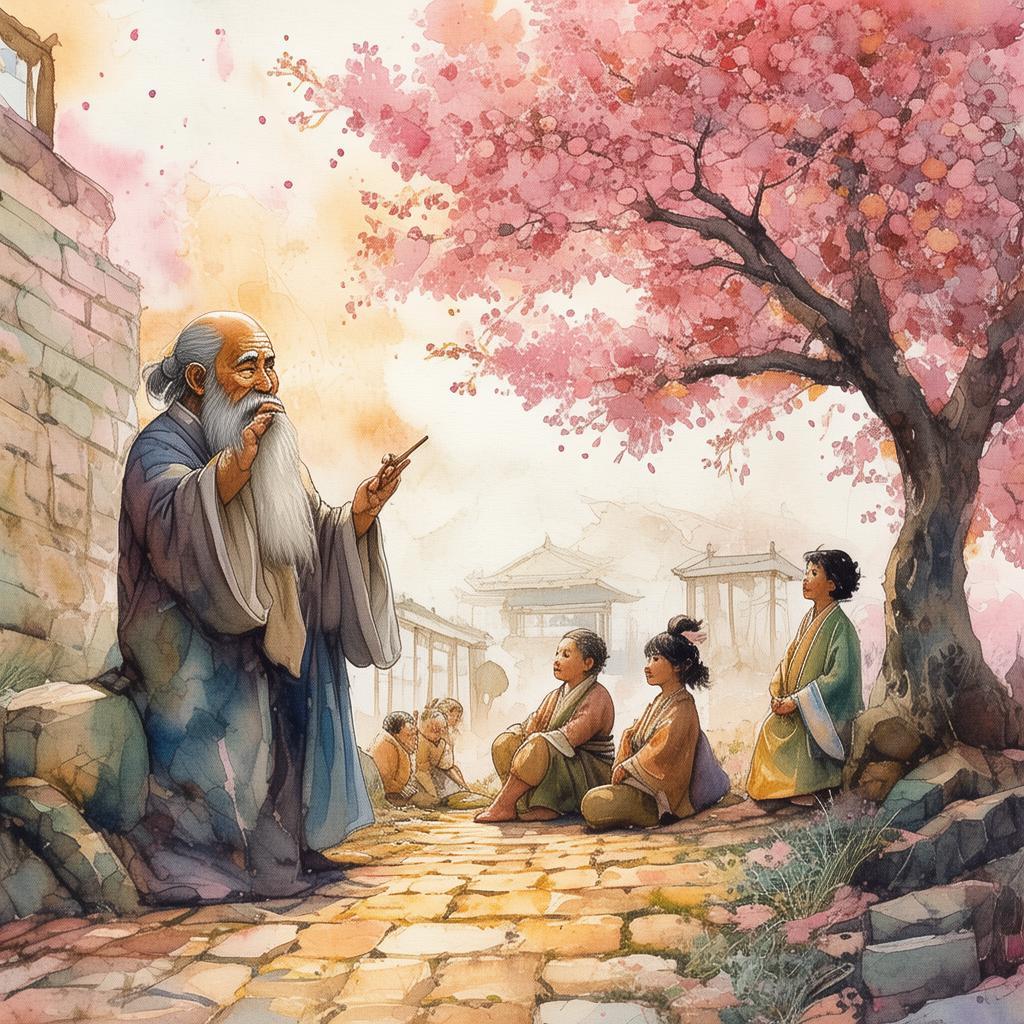Reversing the Stars: The Astronomer's Dilemma
In the heart of a bustling metropolis, where the night sky was a mere silhouette against the city lights, there lived an astronomer named Lin. His name was known to few, but his telescope, a marvel of modern science, was a beacon to all who believed in the mysteries of the cosmos. Lin was no ordinary astronomer; he had built his own telescope, a marvel of engineering that allowed him to peer into the depths of the universe with a clarity that was unparalleled.
But Lin was not content with simply observing the stars. He had always been fascinated by the idea of seeing the universe from a different angle, from the perspective of the celestial bodies themselves. One day, while tinkering with his equipment, he stumbled upon an idea that would change everything. He would build an inverted telescope, one that would allow him to look at the Earth from space, as if he were a star observing our planet.
The process was not without its challenges. The laws of physics seemed to defy him at every turn, but Lin was undeterred. He spent months, if not years, perfecting his invention. Finally, the day came when he could finally test his creation. With a mixture of excitement and trepidation, he looked through the inverted lens and saw the Earth for the first time from the vantage point of the stars.
The view was breathtaking. The Earth was a tiny, blue marble, swirling in the vastness of space. Lin felt a sense of awe and humility. He could see the oceans, the continents, the cities, and the people below. It was as if he were a god, observing his creation from afar.
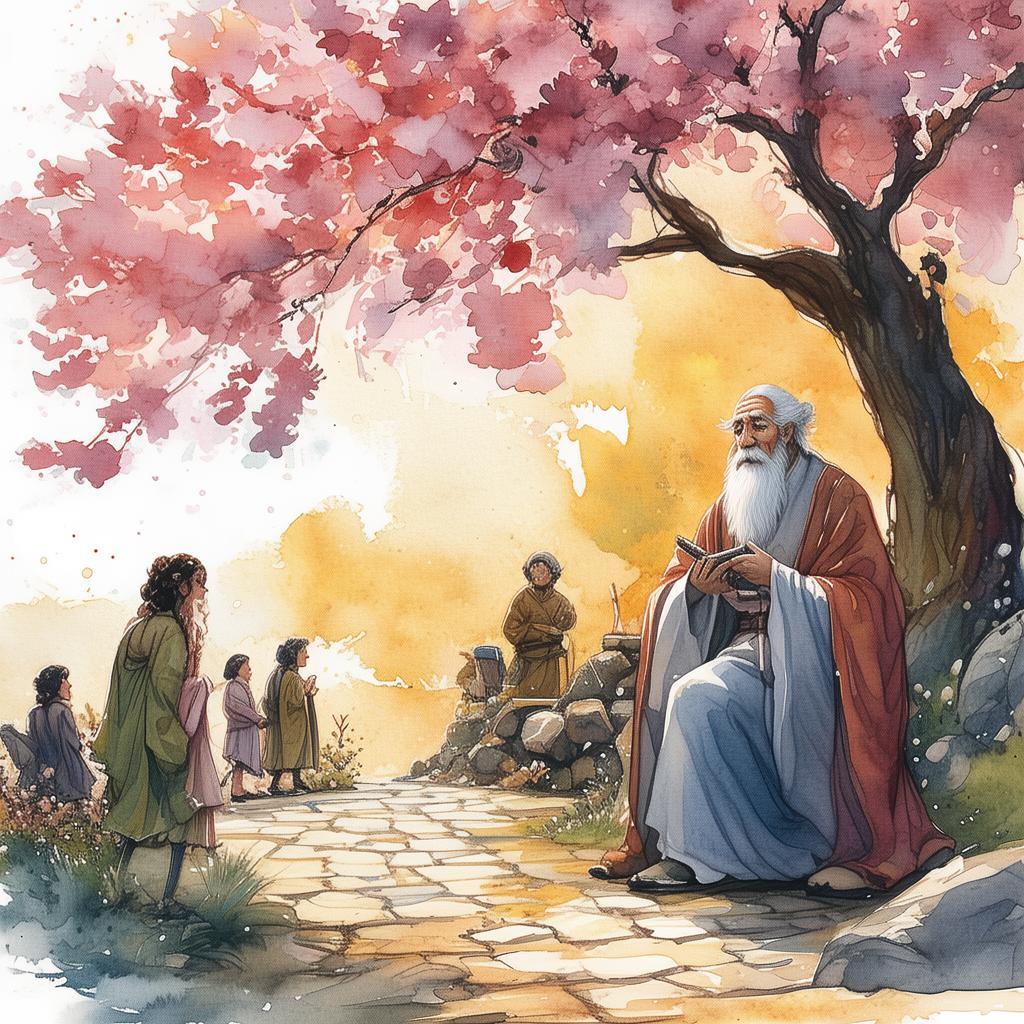
But as he gazed upon the Earth, something strange caught his eye. The stars, which he had always thought of as distant and unchanging, seemed to move and shift in their positions. The Earth, from this new perspective, was the one that was truly moving. It was Lin's perception that was inverted.
As he continued to observe, he noticed a pattern. The stars that were visible from Earth were not the same ones that were visible from space. The constellations he knew so well were now jumbled and twisted. It was as if the universe had been turned inside out.
Lin was confounded. He had always believed that the universe was a grand, ordered system, but now he saw that perhaps he had been looking at it all wrong. The stars, the planets, the galaxies—they were all parts of a larger, more complex puzzle that he had yet to solve.
As he delved deeper into his observations, Lin began to question his own beliefs. What if the universe was not as simple as he had thought? What if the laws of physics were not absolute, but instead, subject to the observer's perspective? The more he looked, the more questions he had.
One night, as he sat in his observatory, gazing through his inverted telescope, Lin had an epiphany. He realized that the universe was not just a collection of objects, but a living, breathing entity. It was a place where the observer's perception could shape reality itself.
But this realization came with a moral paradox. If the universe was so malleable, what did that mean for the human condition? If the laws of physics could be bent or broken, what was to stop humanity from using that power for evil? Lin found himself at a crossroads, torn between the awe-inspiring beauty of the universe and the potential for misuse of its mysteries.
As he pondered these thoughts, Lin knew that he had to share his discovery with the world. He knew that his inverted telescope had revealed a truth that could change everything. But he also knew that the responsibility that came with this knowledge was immense.
In the end, Lin decided to keep his findings to himself. He realized that the universe was too complex, too vast, to be understood by any one person. He knew that his discovery could be used for good or for ill, and he was not ready to take that responsibility.
So, Lin continued to observe the stars, the Earth, and the cosmos from his inverted telescope. He continued to search for answers, to seek understanding, and to try to make sense of the universe. And though he may have never shared his discovery with the world, he knew that his journey had changed him forever.
In the quiet of the night, when the stars seemed to whisper secrets to those who would listen, Lin sat in his observatory, looking up at the inverted universe that was his reality. He knew that he had seen the truth, even if it was a truth that was too complex, too dangerous, to be fully understood.
And so, the story of the Inverted Astronomer's Telescope continued, a testament to the power of human curiosity and the boundless nature of the universe.
✨ Original Statement ✨
All articles published on this website (including but not limited to text, images, videos, and other content) are original or authorized for reposting and are protected by relevant laws. Without the explicit written permission of this website, no individual or organization may copy, modify, repost, or use the content for commercial purposes.
If you need to quote or cooperate, please contact this site for authorization. We reserve the right to pursue legal responsibility for any unauthorized use.
Hereby declared.

